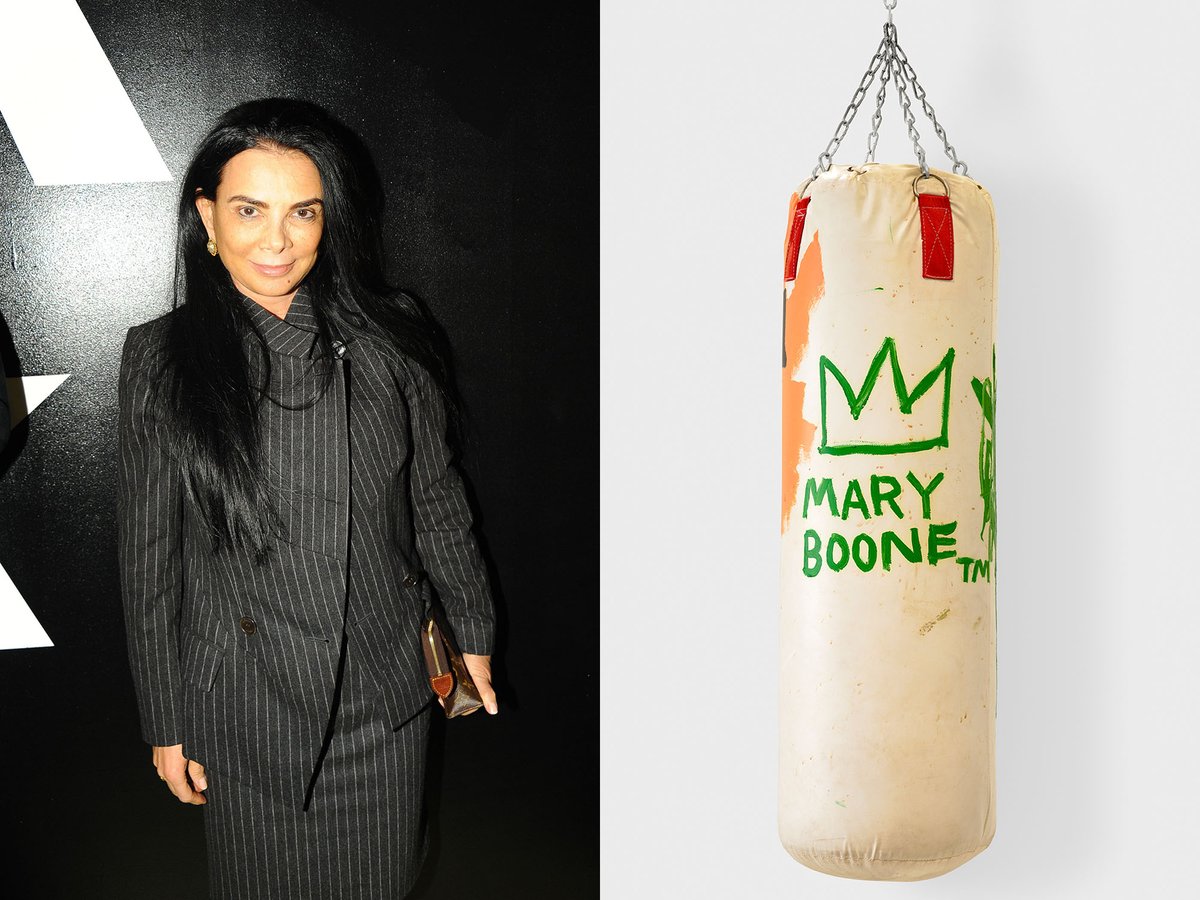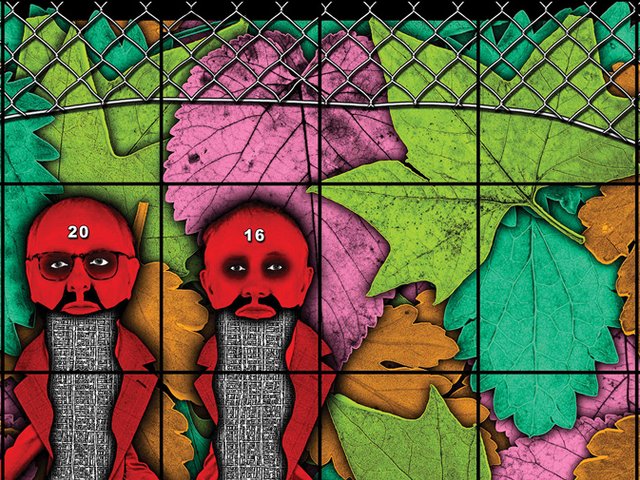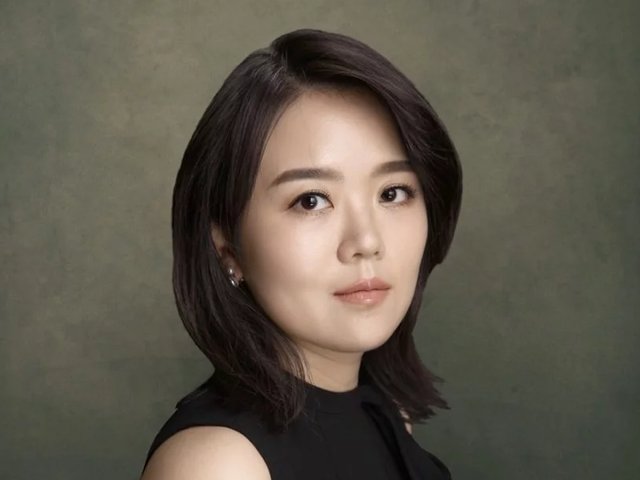Mary Boone sat behind the front desk at Lévy Gorvy Dayan on New York’s Upper East Side on a recent autumn afternoon, a green datebook open beside her iPhone. The scene was familiar yet newly reframed: Boone, who once ruled New York’s downtown art world, now holding court uptown. She moved between visitors and staff with the same brisk authority that defined her four decades in the business, part comeback and part continuation.
That afternoon she was preoccupied with the gallery’s front door. The impressively tall doorway had endured triple the gallery’s usual foot traffic, and a hydraulic spring that absorbed its weight had given out, causing the door to creak with every opening. Undeterred, Boone liaised with the gallery's head preparator to solve the problem all while working the crowd with ease, greeting old friends and striking up conversations with new faces.
At 73, Boone has seen several lifetimes worth of art and has become one of the most well-known dealers in the industry and beyond. Her latest curatorial project is in many ways a return to the days when she had her finger on the pulse of contemporary art.
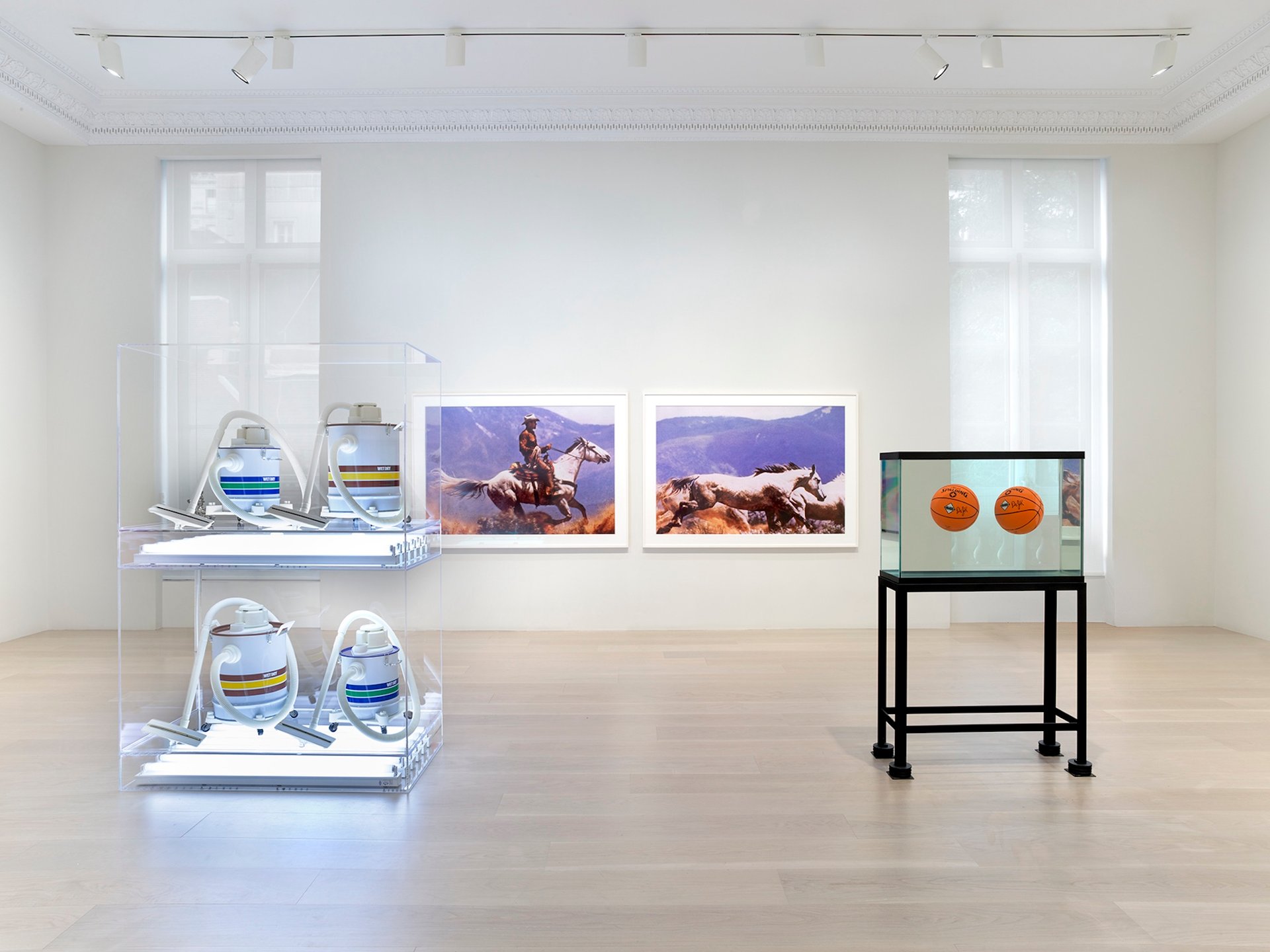
Installation view of Downtown/Uptown featuring works by Jeff Koons (left and right) and Richard Prince (centre) Courtesy of Lévy Gorvy Dayan, photo by Elisabeth Bernstein
Downtown/Uptown: New York in the Eighties (until 13 December) took nearly two years to put together and was co-curated by Boone and Brett Gorvy. The show brings together more than 60 works by some of the titular decade’s biggest names including Jeff Koons, Barbara Kruger, Julian Schnabel, Cindy Sherman, Keith Haring, Richard Prince and Jean-Michel Basquiat—and revisits the period that both launched Boone’s career and came to define it.
Don't call it a comeback
The exhibition is Boone’s first major project in more than five years, following the shuttering of her namesake gallery and her 2019 tax-evasion conviction, which resulted in a 30-month prison sentence (she served 13, her early release coming at the height of the Covid-19 pandemic). It carries echoes of her own story—including archival displays that feature ephemera from the era, among them vintage photos of Boone, press clippings and exhibition flyers—though it is not explicitly autobiographical.
“When I started out at 19, and all the way into my thirties, I think that I thought you [had to] be like a man to get ahead,” Boone says. “And now in my seventies, I think I just want to be myself.”
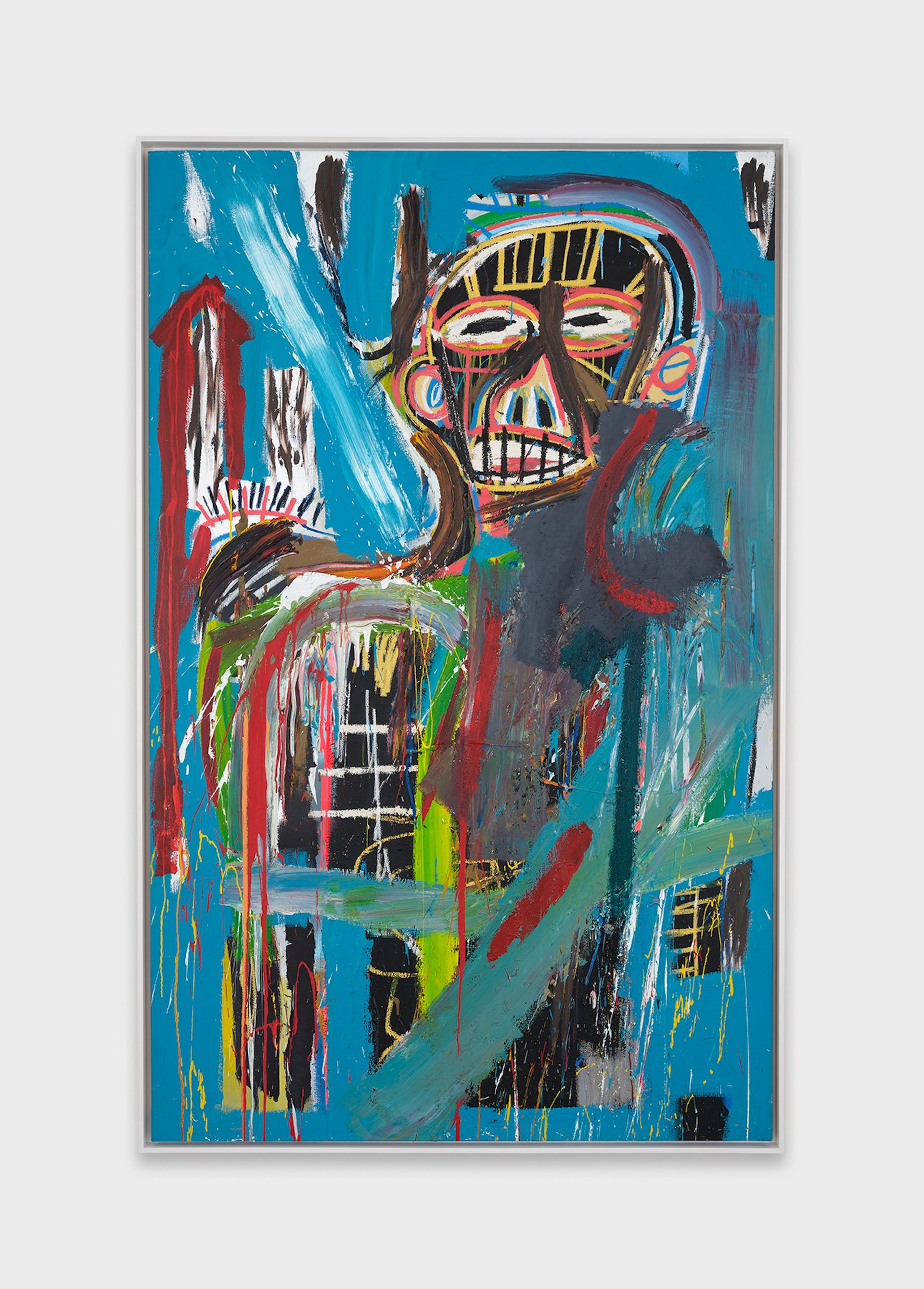
Jean-Michel Basquiat, Untitled, 1983 © Estate of Jean-Michel Basquiat. Licensed by Artestar, New York and Courtesy Lonian Gallery, LLC
She credits her early mentor, the dealer and collector Ileana Sonnabend, for shaping her sense of responsibility to the next generation. “Working with other people, it’s really important to recognise our differences,” she says. “When I started, I only had Ileana as a kind of mentor—and all the other big dealers were men. So I thought it would be great to be that to young women, what Ileana was to me.”
After a stint working at Bykert Gallery, Boone launched her namesake gallery at 420 West Broadway in 1977 and, by the mid-1980s, had planted her flag uptown on 57th Street—a trajectory that mirrored New York’s own shift from grit to gloss. Her gallery quickly became one of New York’s most talked-about destinations.
During the 1980s and 90s, Boone dominated the downtown scene and was dubbed the “queen of the art scene” by New York magazine. Sonnabend, who operated a gallery in the same building, helped cement 420 West Broadway as one of the city’s most important art addresses. Boone’s roster of artists during this period included Andy Warhol, Robert Mapplethorpe, Kruger, Prince and Jasper Johns—artists whose work she helped catapult to international prominence.
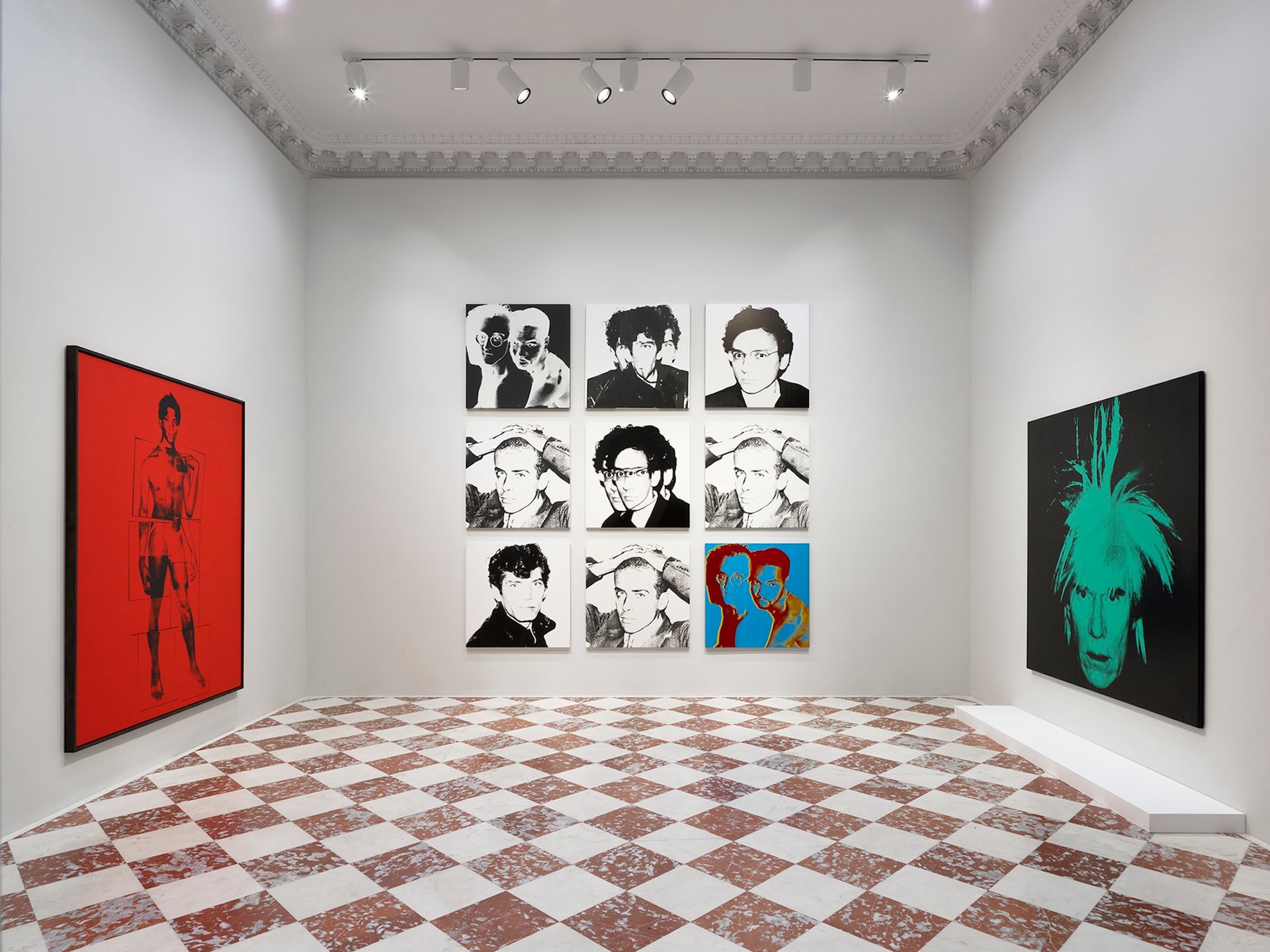
Installation view of Downtown/Uptown featuring works by Andy Warhol Courtesy of Lévy Gorvy Dayan, photo by Elisabeth Bernstein
“I feel really lucky to have been alive at a time that produced so much talent,” she says. “That’s the thing—you can end up being a great dealer, but just not alive at the right time.”
Downtown/Uptown reflects the explosive creativity of that period while also resonating with the present. The exhibition captures the era’s energy—chronicling the Reagan years, the Aids epidemic and the culture wars—while echoing today’s debates around censorship, representation and artistic freedom.
When the market caught up to contemporary art
“I remember Roy Lichtenstein saying to me, when we were mounting his mirror-painting show in 1991, that it was too bad the 1980s artists didn’t really have time to mature,” Boone says. “Most of them started having a lot of attention drawn to them, even as early as their early thirties.”
That rapid rise, she adds, reshaped the structure of the art world. Lichtenstein “didn’t really start showing until his mid-forties, and what most artists did was teach and lecture—the financial climate was very different. That really changed everything,” she recalls. “And the other thing was, in Leo [Castelli’s] and Ileana’s galleries, they had their artists, and for the most part, an artist went to a gallery and stayed there forever.”
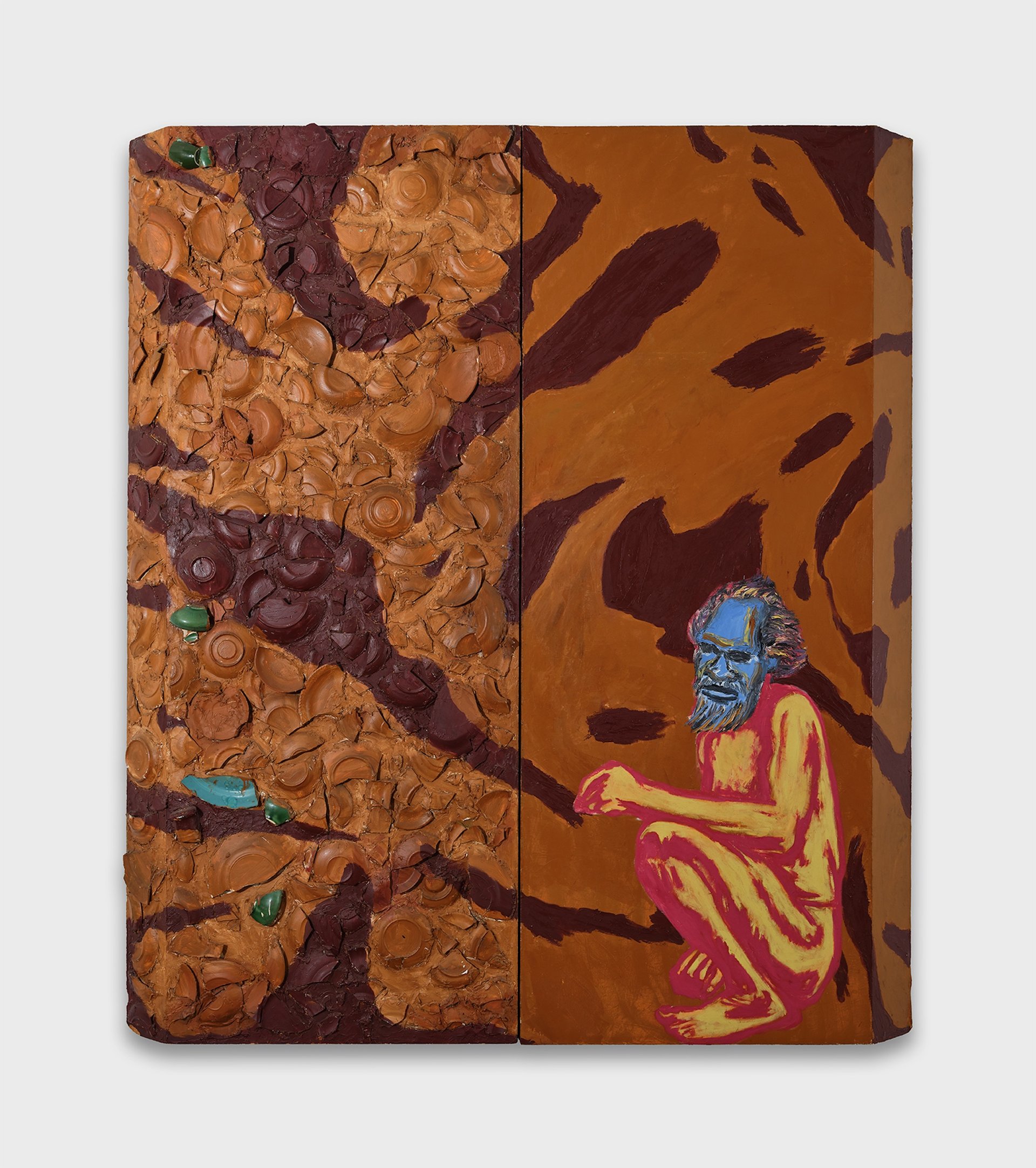
Julian Schnabel, Aborigine Painting, 1980 © Julian Schnabel Studio. Photo by Argenis Apolinario. Courtesy the artist and Vito Schnabel Gallery
Boone witnessed those dynamics starting to shift as competition intensified in the 1980s. “I had only been Julian Schnabel’s dealer for seven years, and I was doing a pretty good job—he left my gallery to go to a much bigger gallery, and that didn’t happen before,” she says. “Leo would never have taken an artist away from me. In these young galleries, they need to keep their artists in order to grow.”
Beyond recognising the pressures facing smaller galleries, Boone is characteristically direct in her advice to young artists: “Be really great. No alternative. I mean, you just have to be great.”
Even after half a century in the business, Boone is still focused on supporting the next generation and opening doors—even the ones that creak.
- Downtown/Uptown: New York in the Eighties, until 18 December, Lévy Gorvy Dayan, New York


